Have you ever wondered how a circled straight line intersected by an upside down V-shape became a peace symbol? Here’s a look at the peace sign origins:
History of the Peace Sign:
The peace symbol came into existence in 1958, but at this time it didn’t stand for peace; it was a British-derived symbol representing the anti-nuclear movement; a movement which rallied together against British testing of nuclear weapons.
Between 1956 and 1958 Britain was experimenting with hydrogen bombs to develop nuclear weapons for the country’s security. Many people were against nuclear weapons for many reasons similar to the ones people in the anti-nuclear movement have today, including:
- Threat to lives everywhere:
- Nuclear weapons have a lot of killing power, and even if used in “legitimate” self-defence it has the potential for killing a lot of innocent people and other species.
- If nuclear weapons get into the wrong hands, the situation could be catastrophic. - Health side effects of nuclear testing: Radiation exposure from uranium mining and nuclear testing leads to health problems like cancer (although it would not really make us glow luminescent green, in spite of what many people believe based on some cartoons and Hollywood films).
- Nuclear weapon development is a waste of resources: It is costly and wastes money that could be better spent developing things to improve the country’s quality of life rather than developing weapons that hopefully will never be used.
- Creates dangerous waste matter: Safe storage of radioactive nuclear waste is a costly problem.
One group that was against the 1956-1958 nuclear tests was an organization called “Direct Action Committee Against Nuclear War”, an early precursor of the Campaign for Nuclear Disarmament (the CND), that exists today. In 1958 the London-centered anti-nuclear war groups had been organising their first major anti-nuclear protest, and when artist Gerald Holtom showed his sketches for a nuclear disarmament symbol, the march organizers agreed it was a great visual aid to their cause, giving a memorable symbol to remind people what they stood for.
The symbol Holtrom designed represented the letters N D (standing for Nuclear Disarmament), in the Semaphore arm-signalling language used by the Navy at sea, where much of the nuclear tests were taking place.
In Semaphore, N is formed by placing the arms on either side of the body in an upside-down V-shape, and D is formed by placing one arm up and the other down, forming a straight line. Holtrom merged these two Semaphore letters, adding a circle around it, thus giving rise to the famous “peace” symbol.
Holtrom later revealed that part of his inspiration for the symbol was picturing a figure with its arms held in despair. Holtrom said he was representing his own feelings of despair, some of which may have been connected to the imagined pain that could result from nuclear weaponry.
After it was publicized on banners and buttons in the London anti-nuclear weapons protest in 1958, more and more people began associating the cause with Holtrom’s symbol.
Anti-nuclear enthusiasts like Albert Bigelow spread the symbol to the newspapers when, as an act of protest, he sailed into nuclear testing waters in a boat fitted with the Nuclear Disarmament symbol.
How the Nuclear Disarmament became the Peace Symbol
One American university student called Philip Altbach, an active member of the Student Peace Union at the University of Chicago, had spent time in the UK working with peace and anti-war groups like the anti-nuclear war organizations. He took a liking to Holtrom’s symbol. In 1960 Philip had a heap of the Nuclear Disarmament buttons shipped over to the United States, after talking the Student Peace Union into adopting the symbol. This was the turning point of the sign into representing a wider “peace” message.
Philip and the Student Peace Union sold their peace buttons on college campuses throughout the early 1960s, right during the hippie era where peace promotion was everywhere, encouraging “peace” buttons to sell like hot cakes.
Through other similar routes, various humanitarians took up the “peace symbol” in their civil rights marches too, and celebrities who campaigned for peace further publicized the peace symbol.
By the end of the 1960s, Holtrom’s Nuclear Disarmament symbol had become known as “the peace symbol”.
Little note…
After seeing his symbol spread in popularity throughout the world, and gain a new meaning of “Peace”, Holtrom is said to have regretted his original inspiration for the symbol arising from a negative place, being based on an image of a man with his arms reaching out in despair. He remarked that in hindsight he would have preferred to draw the symbol upside down, representing a person with his arms raised in celebration of joyful peace. Holtrom tried to campaign to have the symbol inverted to reflect this image of joy but sadly his wishes were not heeded. Holtrom, this one’s for you:


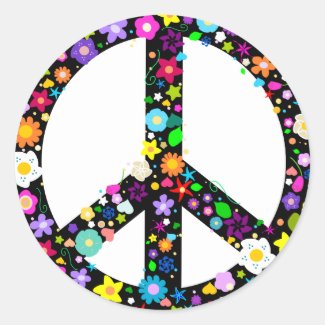

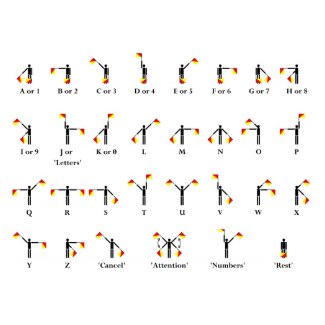
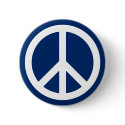
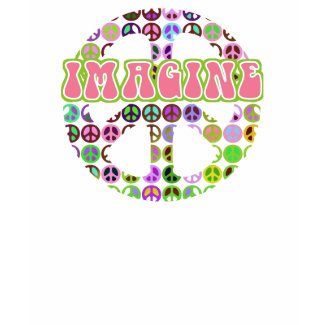


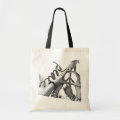




You should enter the upside down / tree and flower peace sign!
http://m.huffpost.com/us/entry/us_58e4ea10e4b0f4a923b3dcfa
What do the individual lines of the peace sign mean?